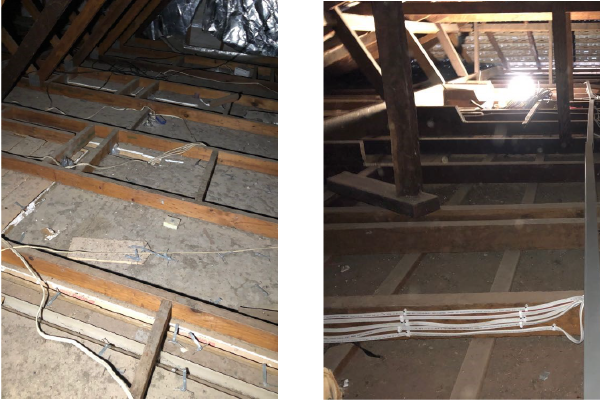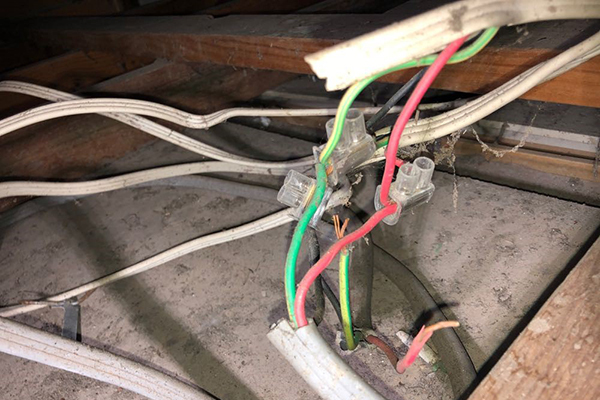11 February 2021
The risk of outdated wiring in older homes
Over the years the materials used for cable insulation have changed, improved and adapted as technology advances. But not all homes feature wiring that is up to date; electrical installations prior to 1960 involved the use of Vulcanised Indian Rubber (VIR) cables which are now outdated and no longer used due to potential electrical safety risks.
The problem with VIR cables
A VIR cable consists of a conductor that is coated in a thin layer of tin to keep the rubber from sticking to it and a cotton braiding that protects the rubber. The problem is that this type of insulation isn’t made to stand the test of time. Over the years, the insulation material used for VIR cables can dry out, break down and crumble. This can lead to exposed wires in roof spaces and walls which is extremely dangerous, as it increases the risk of electric shocks and fires and can potentially put you and your loved ones in danger.
What to do about old electrical wiring
The first step is to determine if your home features VIR cables. If your house was built over 60 years ago, you might be dealing with the risk outlined above. To know for sure if your wiring is affected, get a licensed electrician to come out to your home and inspect the condition of the wiring. In case the electrician does come across VIR wiring that poses a risk, they will present you with options and recommendations to get these outdated cables replaced with safer components that comply with Australian Standards.

Fallon Solutions team of experienced electricians receive regular professional training and are up to date with Queensland’s Electrical Safety regulations. For all electrical needs you may have, contact us on 1300 762 260.
Suggested articles
No articles found

